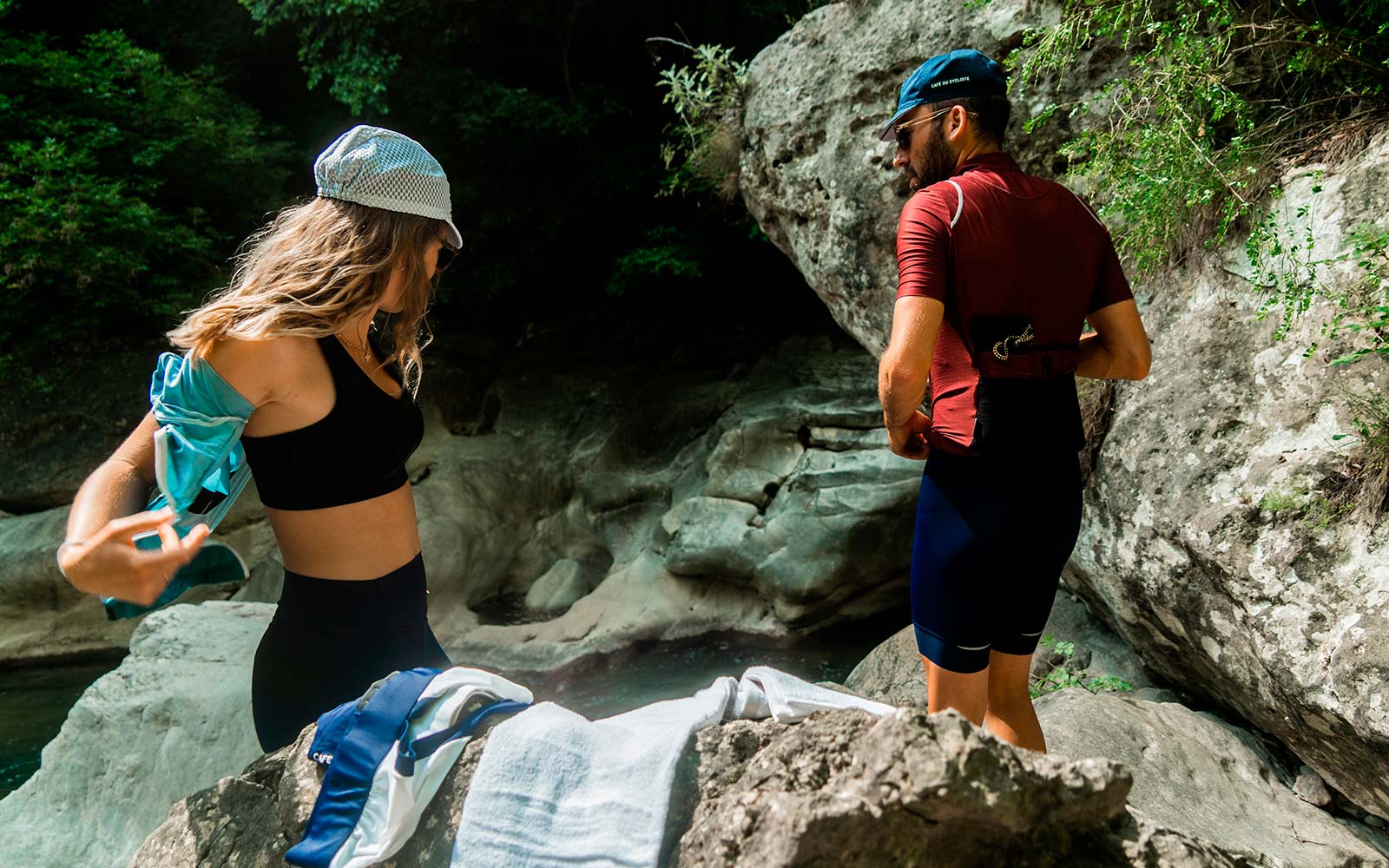The least-attended GranFondo in Central Europe is also one of its best
Things you won’t find at the Gran Fondo San Gottardo:
Banners
Finisher medals
Rider expos
Sponsor tents
Basic signage
Things you will find at the Gran Fondo San Gottardo:
Cobbled climbs
Three passes over 2000m
Descents as long as 25kms
Some of the best-paved, best-cambered roads anywhere in Europe
Handmade ravioli. This is Ticino, lets not forget.
Why ride it
The ride starts and finishes in Ambri - a tiny town outside of Airolo in Southern Switzerland (Airolo is also a tiny town, in case you were wondering). At this year’s 9th edition, 800 or so riders get ride details in Italian, German and French. The partenza has the unmistakable atmosphere of a bloated club ride. There’s little seriousness to it. Just a lot of anticipation.
The route itself can only be characterized as a monster. Maybe not L’Etape du Tour big, but still plenty to drain the legs of desire for more.
It starts with the Tremola (2,106 m), which is the old Gottard pass. If you’ve ever dreamed of climbing cobbles, this is probably the world’s definitive ascent. The last five-plus kms are just that, with only the occasional gutter to cheat your way up. The cobbles continue until you get up over the pass and connect with car traffic. So good.
The Tremola. Probably the world’s best cobbled climb.
After a long descent, it’s up the Furka (2,429 m), a pass made famous in 007’s Goldfinger. A friend with whom we traveled to the ride called it one of the best he’d ever done. I’d say he’s probably right. It’s a mix of hard, steep switchbacks on the bottom followed by long, exposed alpine climbing on narrow roads at the top. Not overly difficult at 6.4 percent average, but medium-long at 16.5 km in length. On a sunny day, plenty reward waits at the pass. In the valley you can see the lines of the Grimsel. And three switchbacks into the descent is the Hotel Belvedere - the subject of so much Instagram glory.
Obscured by camper vans and still looking awesome.
The final and most difficult climb of the day is the Nufenen (2,478 m). At 8.5 percent and 13.3 kms, it’s not the difficulty that makes it challenging but more so that you’ve already climbed 2000+ms as you start to ascend it. There’s a short reprieve half way up before the roads stretch into relentless switchbacks that seemingly never end. Suffering awaits all who make their way to the top.
Where the people at?
Covering 111kms and 3200ms - plenty to leave you shattered - I asked myself this question repeatedly during the day. The cobbled sections of the Tremola Pass make it one of the most unique in Switzerland, if not the Alps, and the Furka is such is a legend with unrivaled climbing and descending on either side.
The lack of infrastructure is perhaps the only thing holding the GF SG back from getting bigger, but its lack of organization and size is perhaps its most redeeming quality.
It has roads to boast, after all, and has little need for the glitter that you find at many similar events.
Start and finish in Ambri - way back is the San Gottardo pass.





















